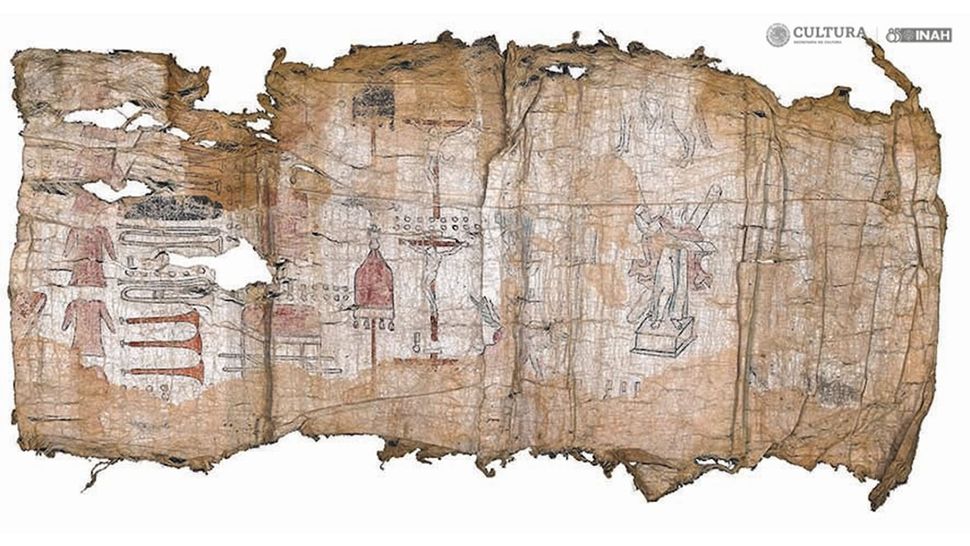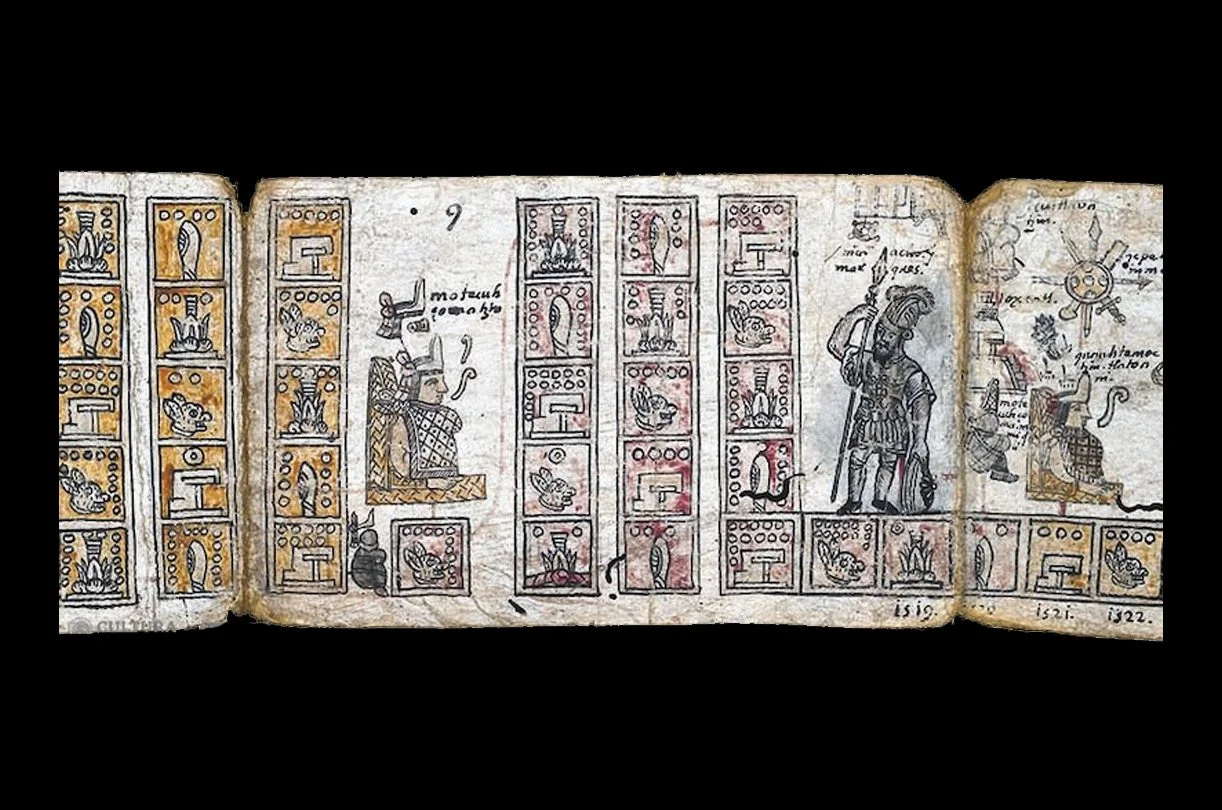Latin America
Related: About this forumCenturies-old Aztec texts detail history of their capital, conquests and fall to the Spanish
By Owen Jarus
published 11 hours ago
Three codices from the 16th and 17th century describe historical details about the Aztecs and the area that is now Mexico City.

A private family recently sold three Aztec codices from the 16th and 17th centuries to the Mexican government. (Image credit: ©SC, INAH, BNAH)
Centuries-old codices from what is now Mexico hold a wealth of knowledge about the Aztecs in their native language, including details about the founding of their capital, their conquests and their fall to the Spanish, according to Mexico's National Institute of Anthropology and History (INAH).
The Mexican government recently bought three illustrated codices, known as the Codices of San Andrés Tetepilco, from a private family that had passed down the Aztec documents for generations, the Spanish newspaper El País reported.
The Aztecs ruled over a large area of Mexico during the 15th and 16th centuries. Their capital was at Tenochtitlán, in what is now Mexico City. Between 1519 and 1521, a Spanish force conquered the Aztecs and established Spanish rule over the area. Codices written in the Indigenous Nahuatl language and Spanish continued to be produced into the early 17th century.
One of the newly purchased codices describes the founding of Tenochtitlán around 1300 and the lords who ruled it in pre-Hispanic times, INAH representatives said in a translated statement. The codex also describes the Aztec conquest of the city of Tetepilco around 1440 and how that city's ruler swore vassalage to the Aztecs. It even details the arrival of the Spanish in 1519 and their rule up to the year 1611, the statement said. The Spanish continued to rule Mexico until 1821.

The centuries-old codices still contain traces of color, largely from plants, charcoal, ocher and indigo. (Image credit: ©SC, INAH, BNAH)
More:
https://www.livescience.com/archaeology/centuries-old-aztec-texts-detail-history-of-their-capital-conquests-and-fall-to-the-spanish
Judi Lynn
(160,545 posts)By:
Mark Milligan
Date:
March 22, 2024
Archaeologists from the National Institute of Anthropology and History (INAH) have announced the recovery of the Codices of San Andrés Tetepilco.
The three codices date from the late 16th to early 17th century and are believed to be a continuation of the Boturini Codex.
The codices depicts a transition from pre-Hispanic Mexica to the arrival of the Spanish, the latter represented with the image of Hernán Cortés who appears dressed like a Roman centurion. Another scene corresponds to the reign of Izcóatl, the fourth king of Tenochtitlan, and the founder of the Aztec Empire.
According to a press statement, the collection was in private ownership and has been acquired for the National Library of Anthropology and History (BNAH).
Following confirmation of authenticity by experts, INAH, in collaboration with various companies and philanthropists raised 9.5 million pesos (237,115.00 Pound sterling) for the purchase.
A closer examination has revealed that the codices were made on amate, a type of bark paper, with an applied layer of gesso and cochineal extract. Inks used to paint the various scenes come from plants, charcoal, indigo, and different shades of ochre.

More:
https://www.heritagedaily.com/2024/03/archaeologists-recover-aztec-codices-of-san-andres-tetepilco/151131